Hyundai, Kia, and BYD gear up for a showdown in South Korea
Hyundai and Kia dominate their home market of South Korea, but Chinese automaker BYD could prove to be a true threat to their supremacy.
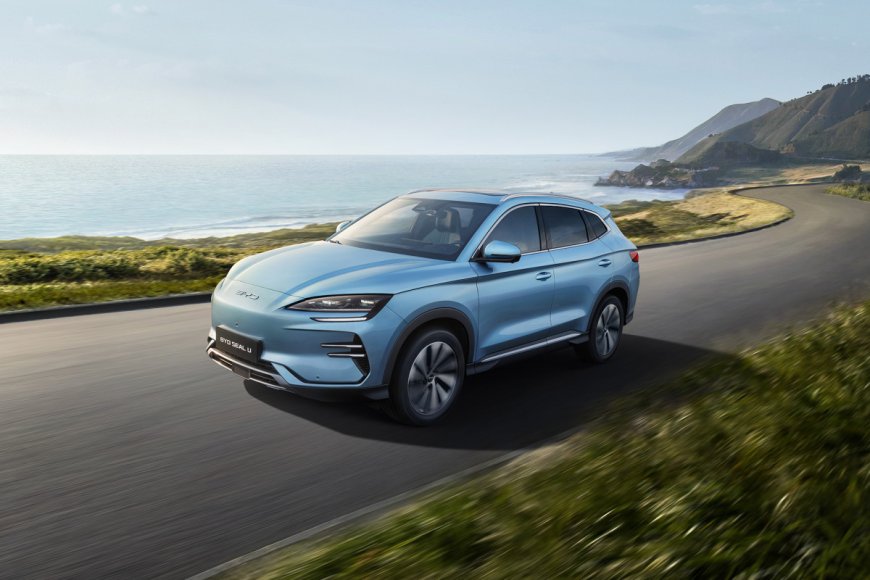
BYD has seen its sales soar and is on track to officially break into the top 10 global automakers by the end of 2024. As a manufacturer of PHEVs and EVs, BYD has spread into more than 70 markets across six continents with a reputation for tailoring vehicles to customer preferences.
However, BYD isn't underestimating Hyundai and Kia, with plans to sell just 10,000 models in South Korea in 2025. Now, the Chinese automaker is looking to make headway into South Korea, effectively challenging other major automakers in their home country.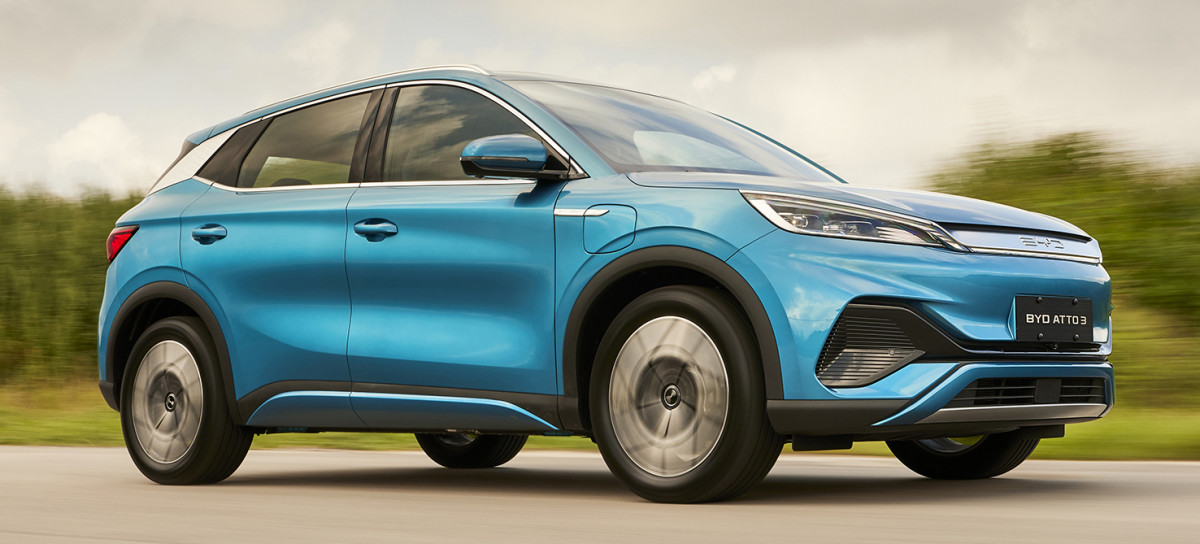
Related: Tesla reveals updated 2025 Model Y Juniper
BYD will challenge Hyundai and Kia on their home turf
BYD first broke into Europe and quickly became a top competitor to automakers like Volkswagen. The Chinese automaker then made some headway in Japan, where it is challenging Toyota, the biggest global automaker by sales for four years running. Now, BYD has set its sights on South Korea, aiming to rival Hyundai and Kia on their home turf.
To kick things off, BYD plans to open 15 showrooms in high-traffic locations, including Seoul, the capital of South Korea. The Chinese manufacturer will focus on its most popular EVs, bringing the Dolphin, Seal, and Atto 3 to market first with a goal of selling 10,000 units in 2025.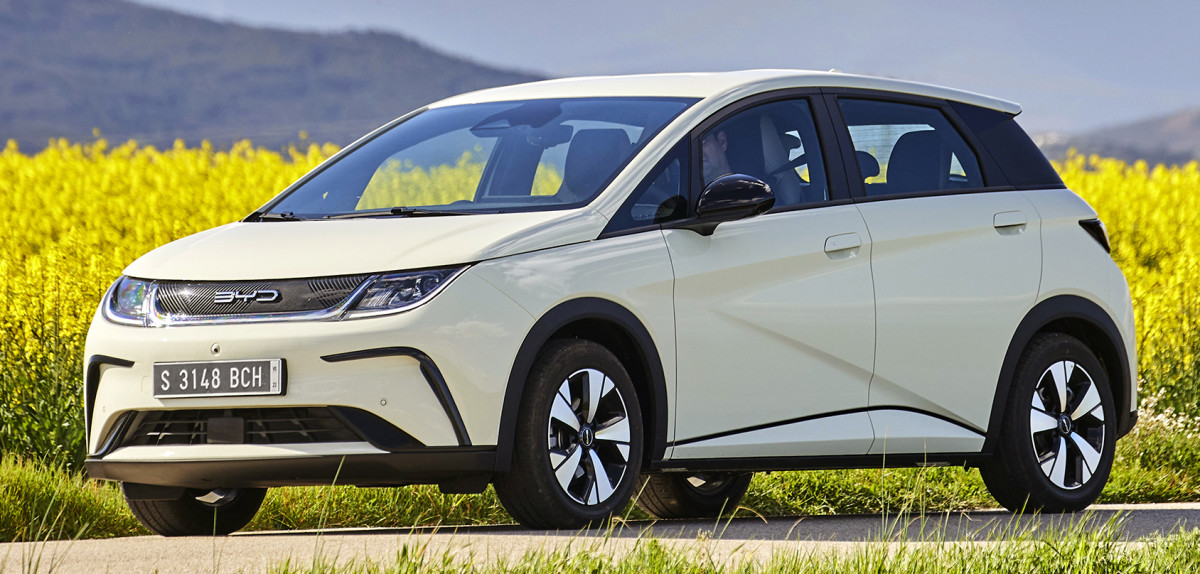
Hyundai and Kia are not taking this challenge mildly
Hyundai has a history of outperforming its global rivals in its home country. In 2024, Hyundai overtook Volvo in the heavy-duty truck segment, which had held the top spot for decades with a 44.5% segment market share as of 2020.
Of the 1.362 million vehicles sold by the top five South Korean automakers, Hyundai and Kia sold roughly 1.251 million, giving them a roughly 91% market share. Hyundai alone sold more than half of all South Korean autos, with Kia coming in second at around 39%.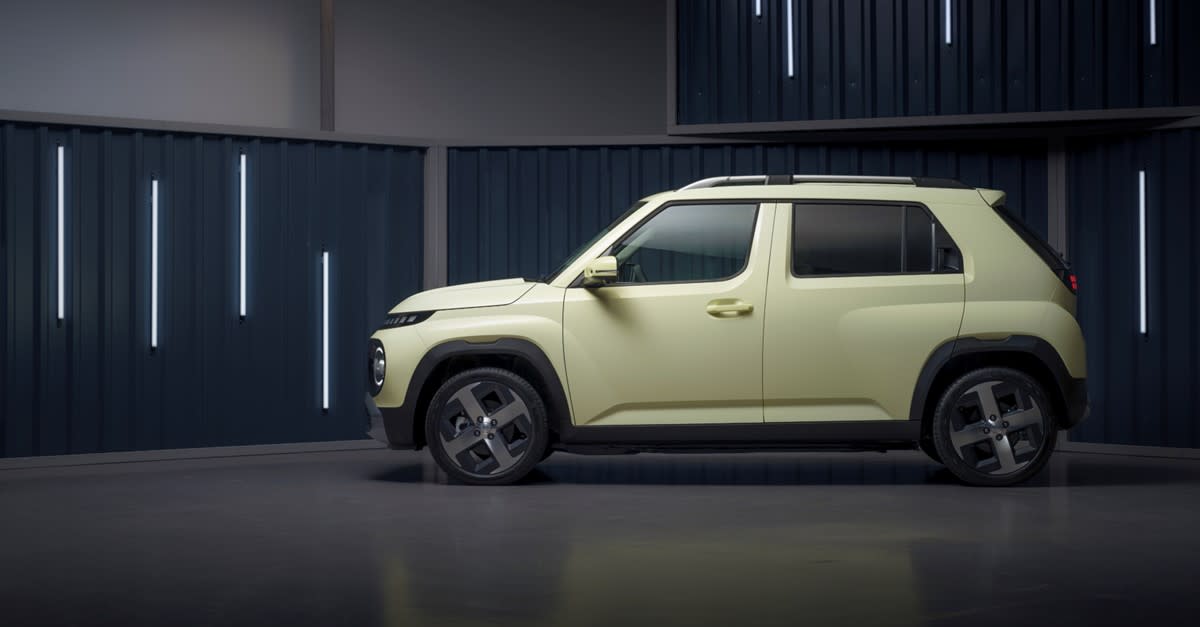
The two domestic automakers have already begun preparing for BYD’s arrival with new EVs designed to directly challenge the Chinese automaker. Hyundai launched the Casper Electric, known as the Inster in other markets, in October 2024. The Casper Electric starts at around $20,000, but with subsidies, the price falls to just $7,300. Kia launched its new electric EV3 SUV with a starting price of around $30,000.
Related: Subaru's new WRX STI is a paradox, and here's why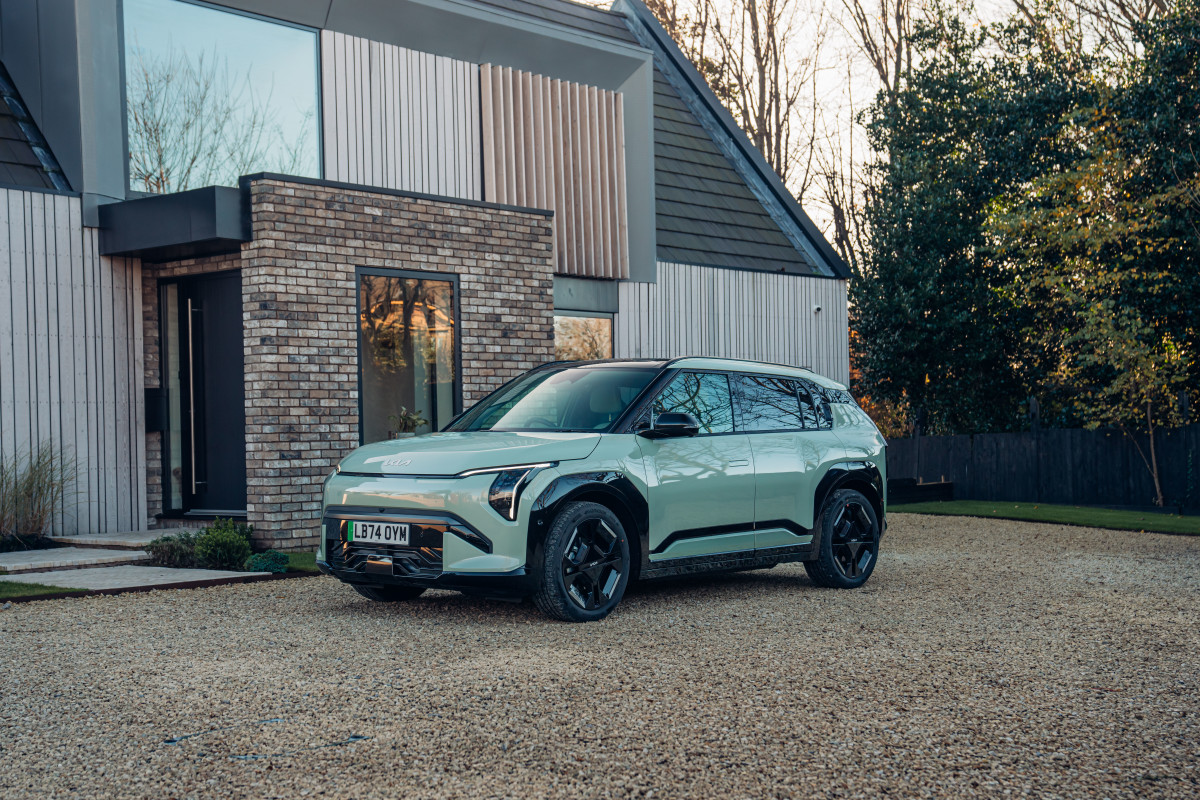
While BYD is known to undercut competitors in price, the Chinese automaker could struggle to do so in South Korea. The BYD Seagull EV, the cheapest in its lineup, carries a price tag under $10,000 in China and $20,000 in Mexico, where it's known as the Dolphin Mini. The Atto 3 SUV follows suit, priced at under $20,000 in China but ringing in at around $43,000 in Germany.
BYD has a presence in over 70 countries
Currently, BYD has a presence in over 70 countries, including major markets like Australia, India, Argentina, Brazil, and most of Europe. The Chinese automotive manufacturer efficiently produces vehicles through a combination of exports and local production. Partnerships, such as those with Hedin Group and Denzel Group, have helped BYD continue its expansion. PRNewsFoto/BYD Company Ltd.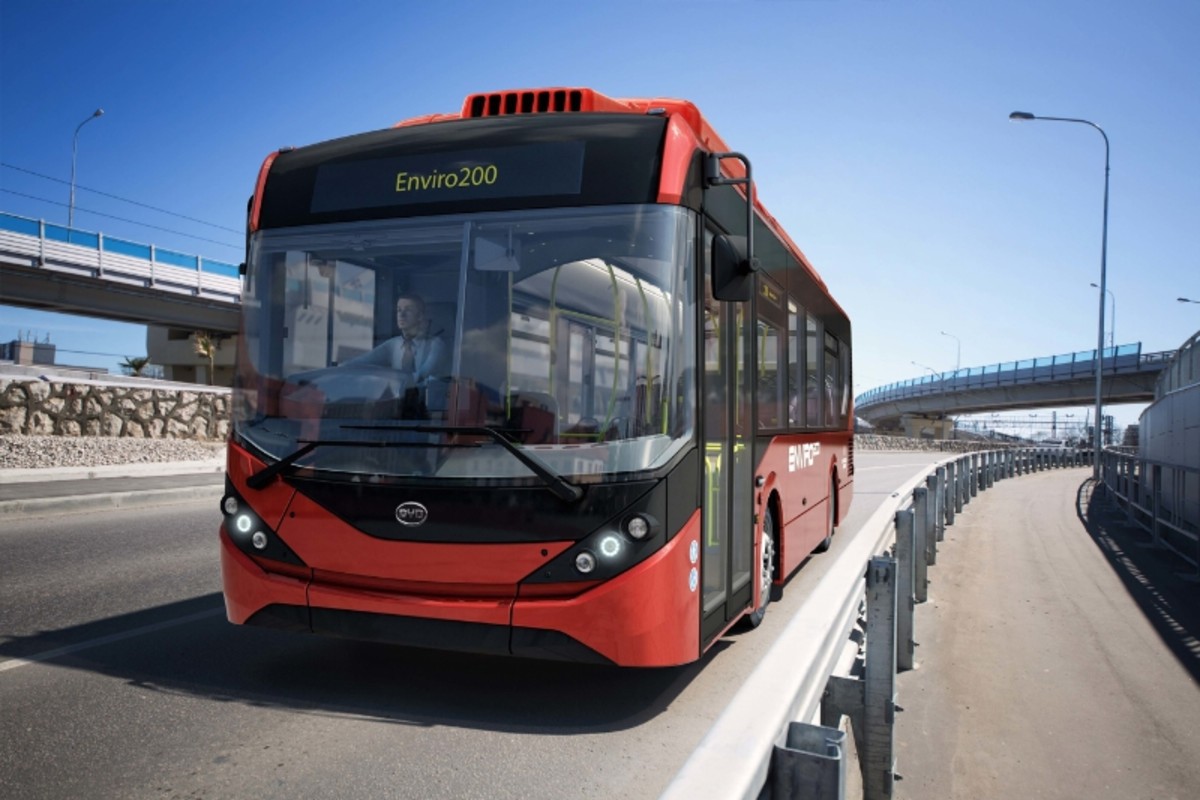
BYD also has a presence in the United States through its production facility in Lancaster, California. There, union workers make three different all-electric motor coaches that transit agencies can purchase via a statewide contract.
Related: Ferrari’s first electric car gets a voice: Here’s what it sounds like
BYD has already seen some controversy
Chinese companies, particularly manufacturing facilities and construction sites, are constantly under scrutiny for their slave-like conditions, low pay, and general workplace safety issues. As BYD’s global expansion has continued, it has fallen victim to some controversy, particularly regarding working conditions.
BYD closed out 2024 hot on Tesla’s heels while simultaneously announcing they were cutting ties with Jinjiang Construction Brazil Ltd., a subcontractor in charge of building BYD’s plant in Brazil. In all, authorities found more than 160 Chinese workers in slavery-like conditions. Brazil Labor Prosecutor's Office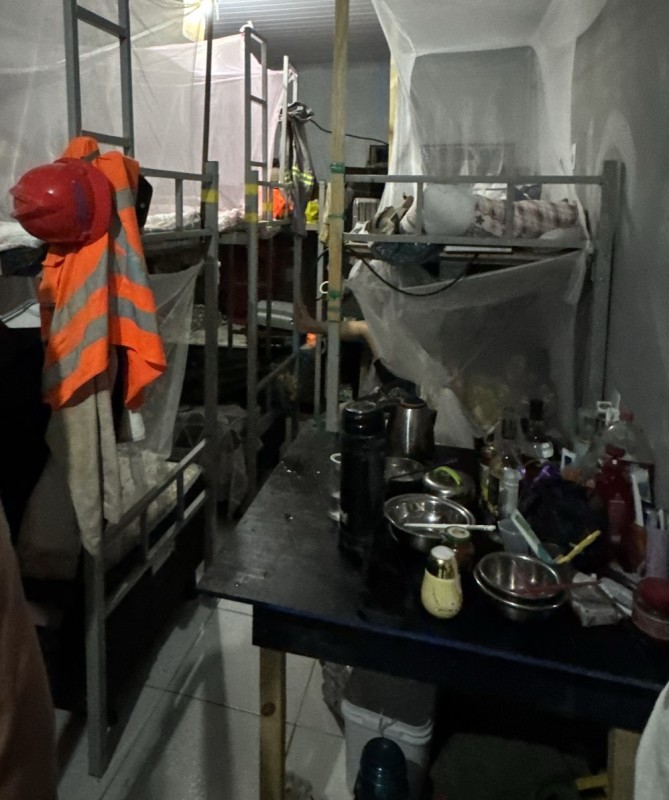
As a result, Brazilian authorities put a halt on temporary work visas for BYD. Per their report, some of the workers living in inhumane conditions were brought to Brazil as victims of human trafficking. While BYD initially announced they were cutting ties with the subcontractor, they later refused to do so.
The findings and the prosecutor’s report caused a backlash on Chinese social media against BYD regarding worker rights. Some users indicated that inhumane and “slavery-like conditions” were also commonly found on construction sites in China.
Related: Honda sold fewer Accords in 2024 but says it's fine
Final thoughts
BYD’s sales are on fire, and while its entrance into the South Korean market might take some market share from Hyundai and Kia, it will likely be harder-pressed to gain a firm foothold. South Koreans typically have a negative sentiment toward Chinese vehicles, largely due to perceptions of lower quality.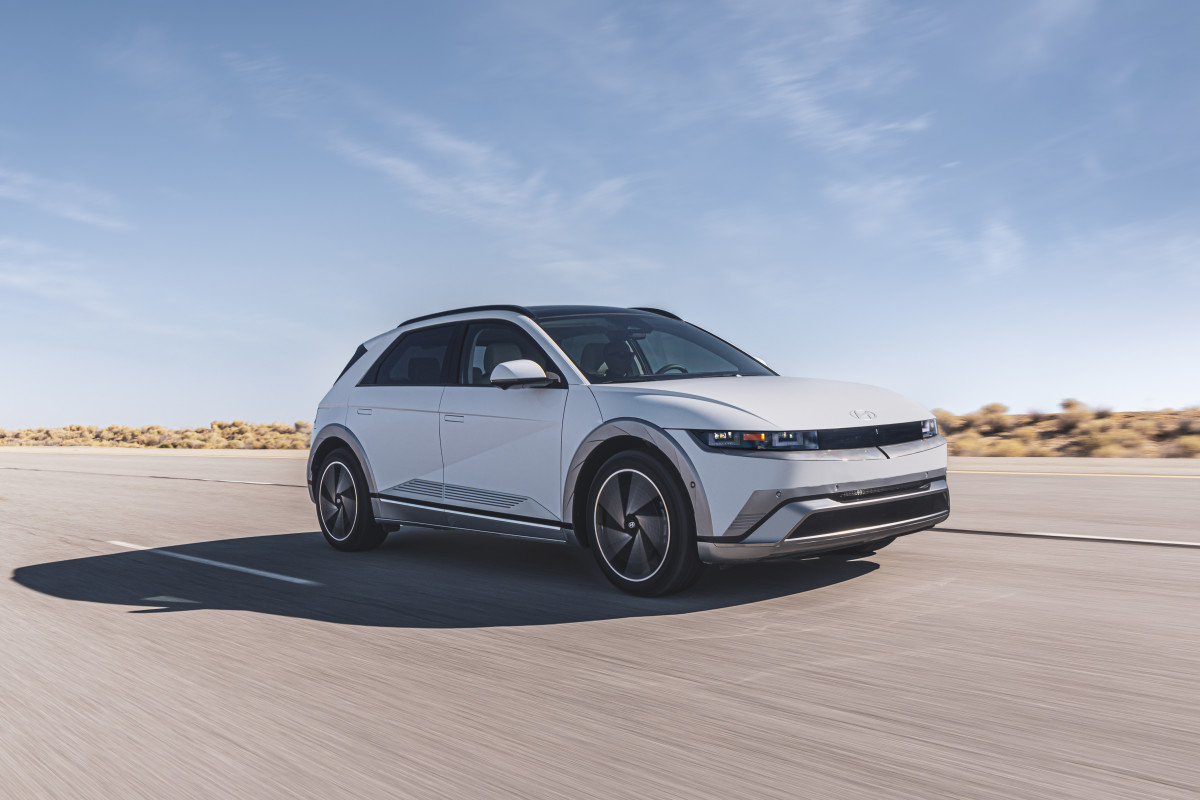
Historical distrust stemming from geopolitical factors also plays a role in South Korean views of China in general. Notably, however, the younger generation tends to be more open to Chinese products. BYD’s lower prices could be the difference between gaining a foothold in this younger generation and establishing itself for decades to come.
Frankly, Hyundai and Kia aren’t likely to end up as the losers here. Instead, it will be the smaller automakers like GM Korea and Renault Korea, who sold 24,824 and 39,816 vehicles, respectively, that end up by the wayside.
Related: Here's every station wagon you can still buy in America in 2025











































